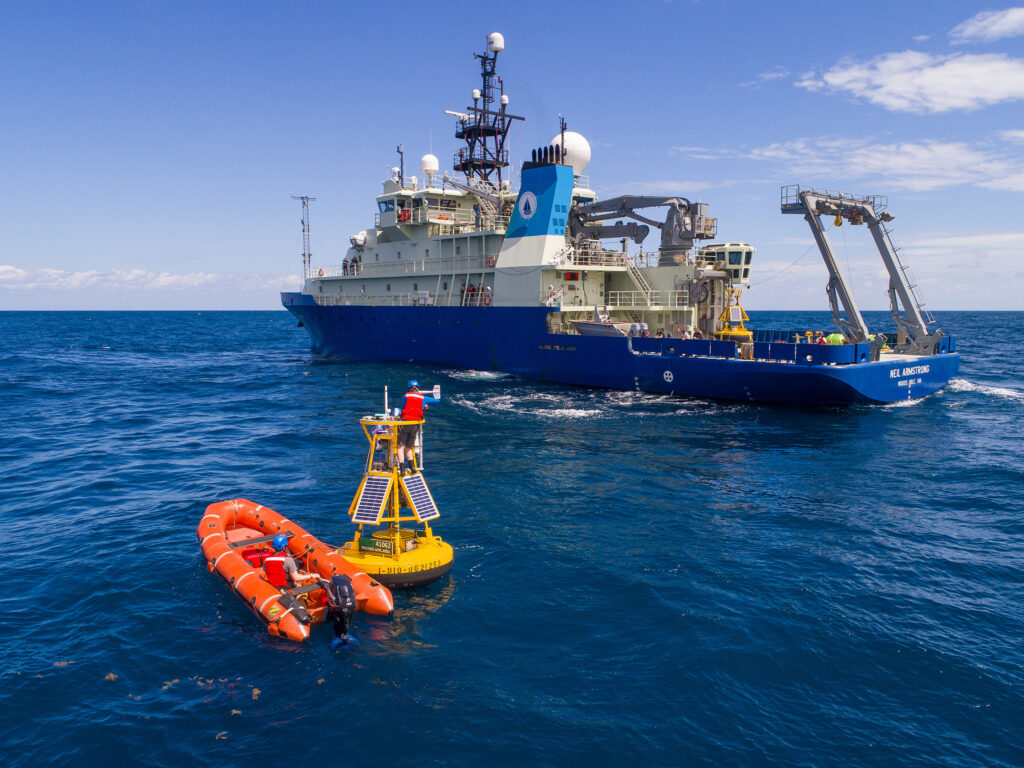
Current Projects
SECOORA Glider Observatory
The SECOORA Glider Observatory is a collaborative group of glider operators, scientists, and engineers from Skidaway Institute of Oceanography, University of South Florida, Georgia Institute of Technology, and University of North Carolina at Chapel Hill. More information can be found at https://secoora.org/gliders/.
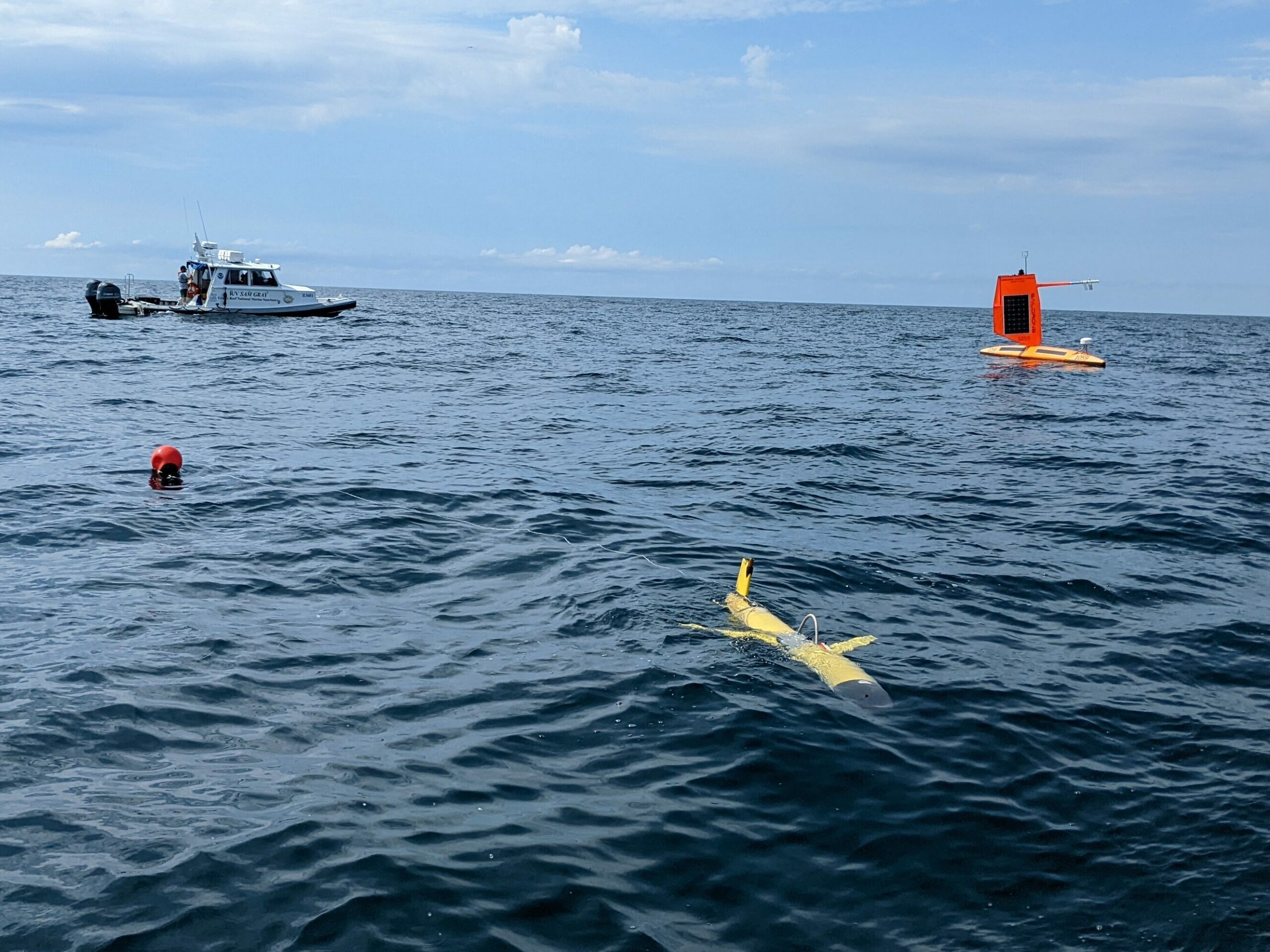
Hurricane Gliders
The Hurricane Gliders program aims to capture water column variability during storm conditions. These data are transmitted from the gliders during the mission and assimilated into existing ocean models, thereby providing the potential for near-real-time improvement of storm forecasting.
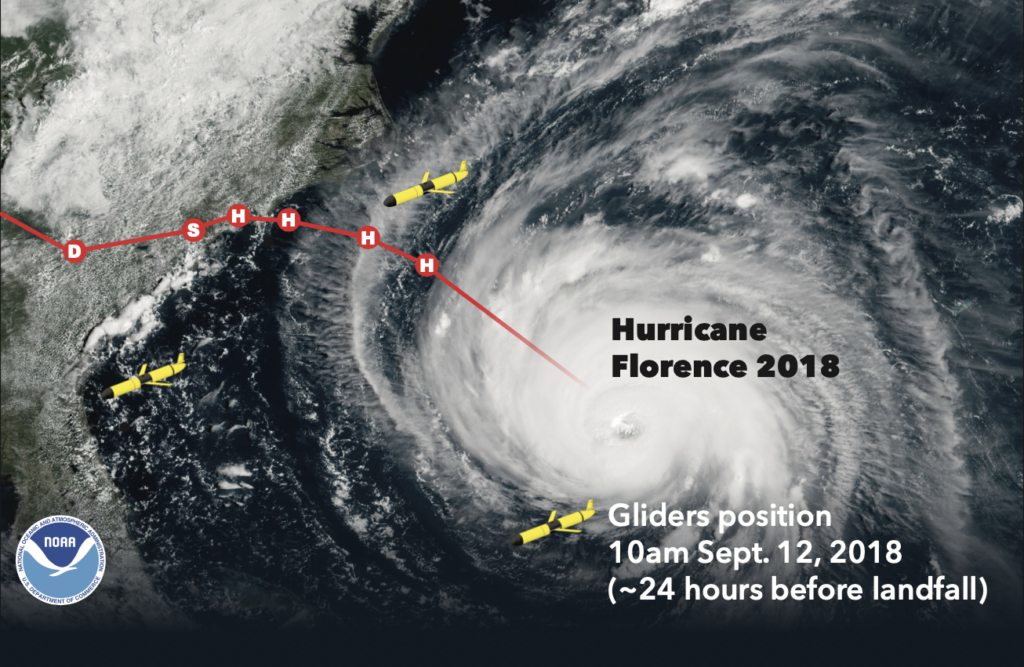
PASSENGERS (ONR)
The PASSENGERS project is a collaborative effort of glider operators from Skidaway Institute of Oceanography, Virginia Institute of Marine Science, Rutgers University, and the Office of Naval Research. Over the course of two cruises in the north Atlantic, the group will study sound propagation around the Gulf Stream and help to develop novel piloting automation.
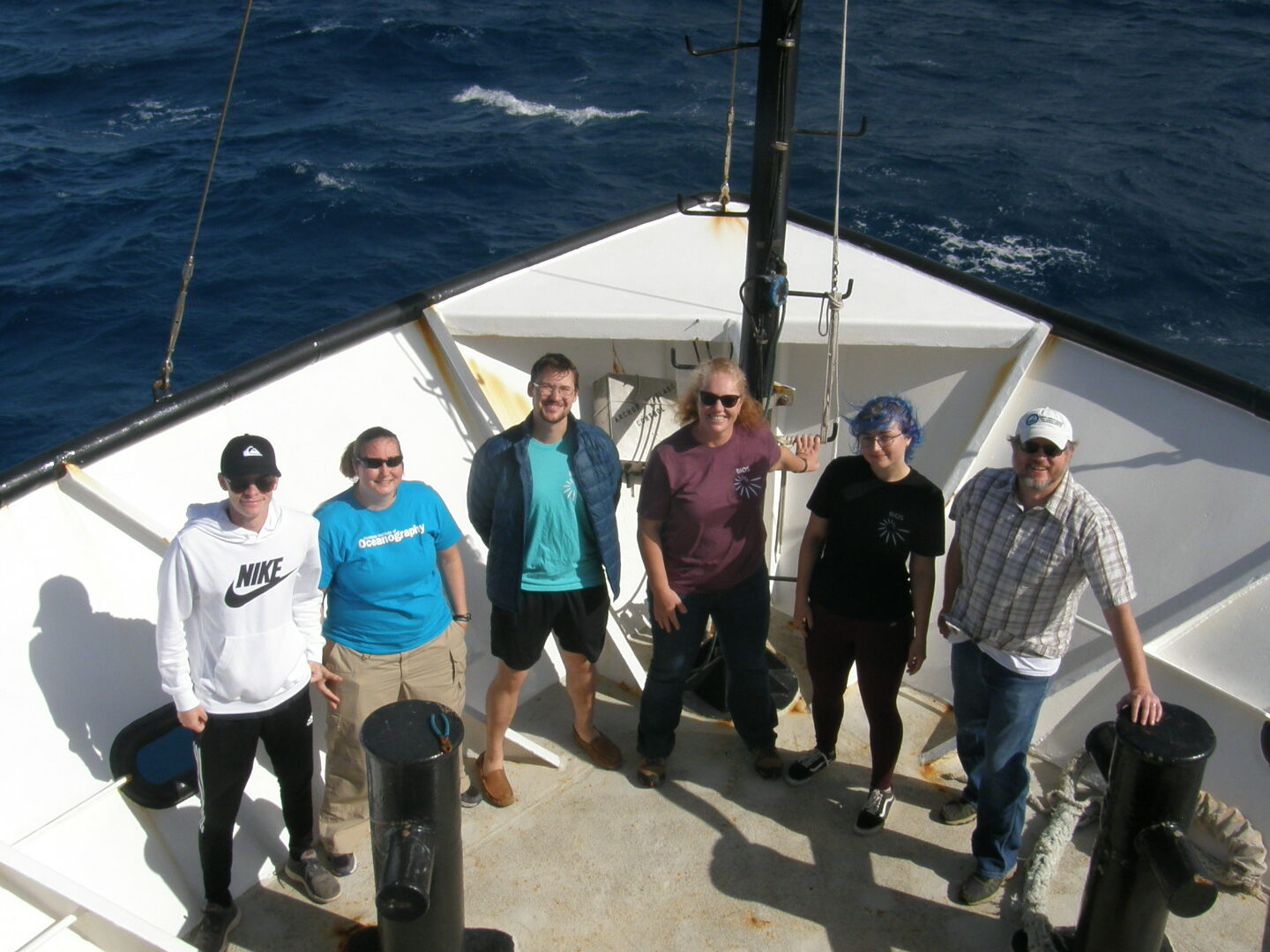
Right Whales
In collaboration with the Meyer-Gutbrod lab at University of South Carolina, presence of migrating right whales along with South Atlantic Bight will be investigated using glider-integrated passive acoustic sensors.
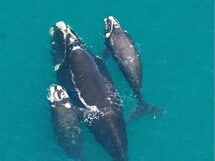
Smart and Autonomous Systems (NSF)
This project aims to develop tools to increase the effectiveness of fisheries management by using underwater autonomous vehicles to monitor and track coastal fish populations. Testing of these tools will take place at Grays Reef Marine Sancuary.

SECOORA High-Frequency Radar
Our lab operates multiple high-frequency radar stations in Georgia and Florida as part of the IOOS HF Radar network. Measurements of surface currents are transmitted to the national database in near-real-time and can be used to aid hazardous spill responders, search and rescue ops, and navigators. More information can be found at https://ioos.noaa.gov/project/hf-radar/.
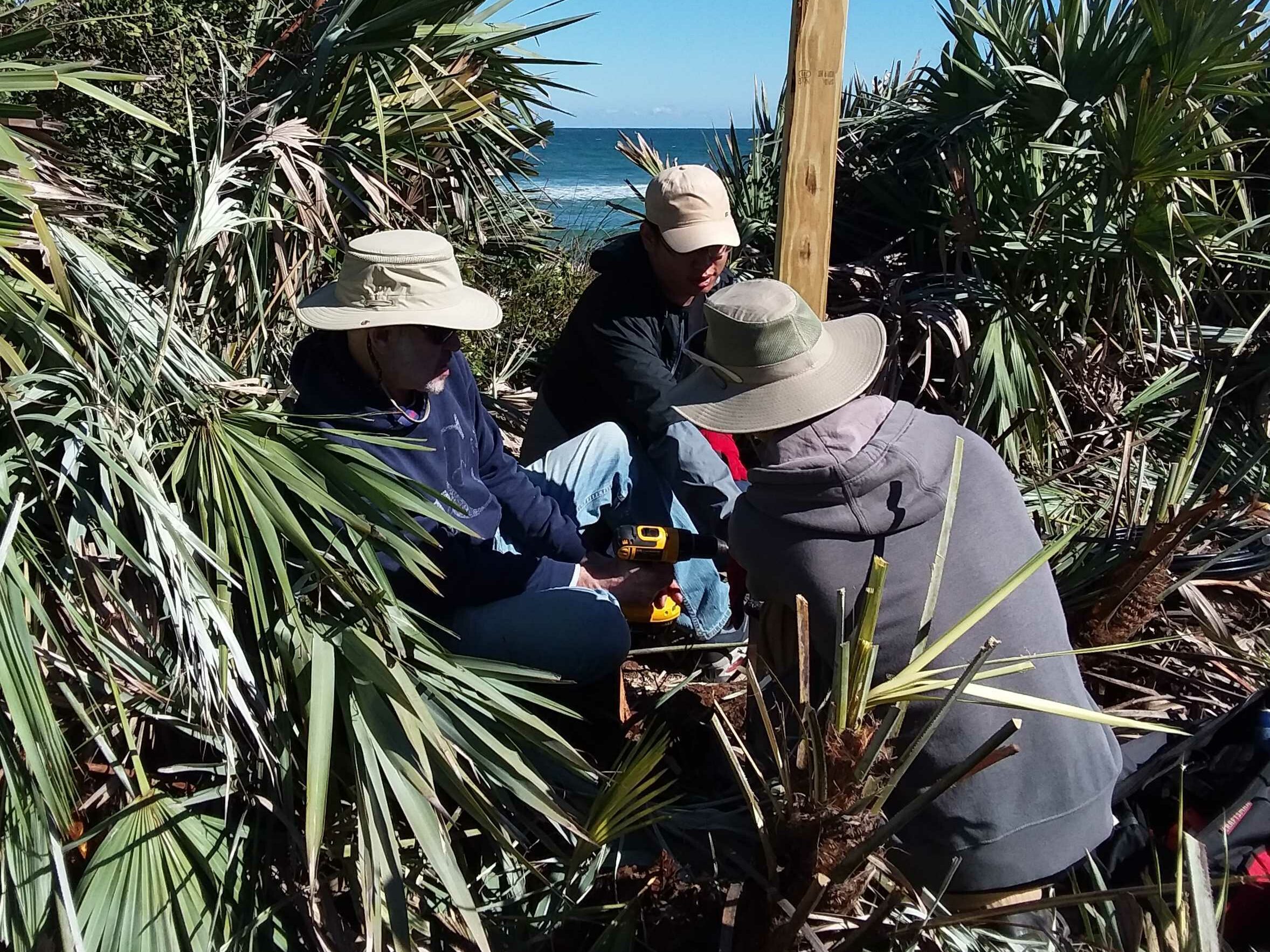
PEACH (NSF)
The Processes driving Exchange At Cape Hatteras (PEACH) program investigates seawater exchange dynamics near Cape Hatteras, NC using offshore fixed surface and subsurface elements, shore-based high-frequency radar, and autonomous gliders. The study is a collaboration between scientists at the University of North Carolina at Chapel Hill, Skidaway Institute of Oceanography, Woods Hole Oceanographic Institution, North Carolina State University, and the Coastal Studies Institute at East Carolina University.
